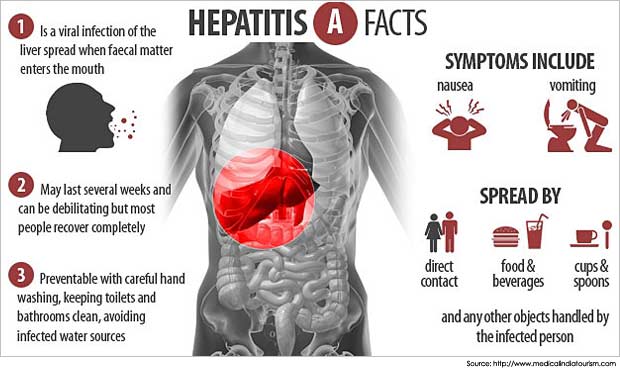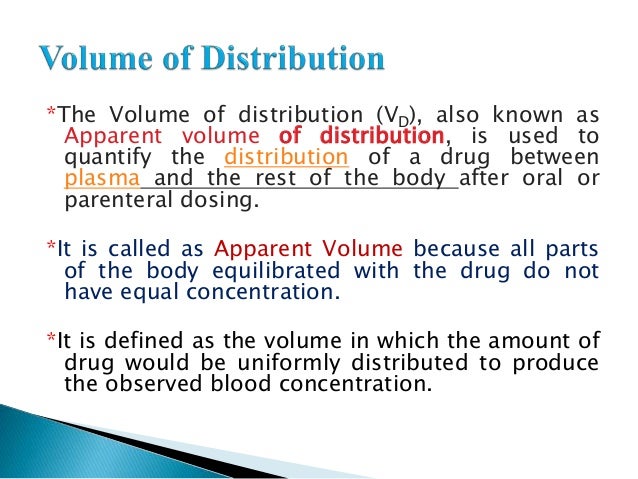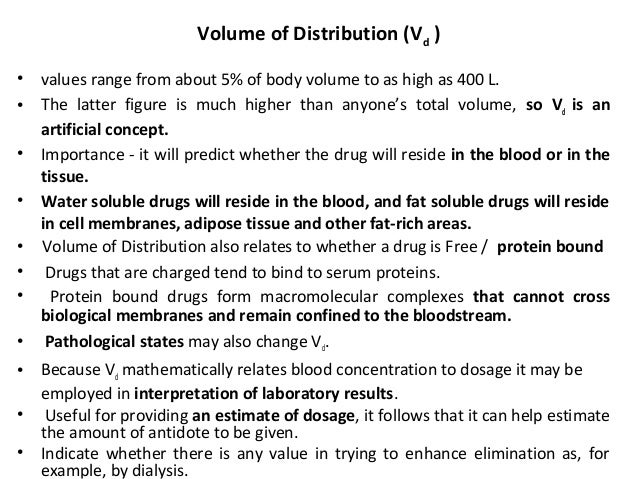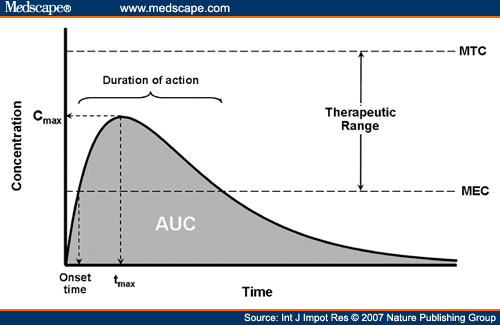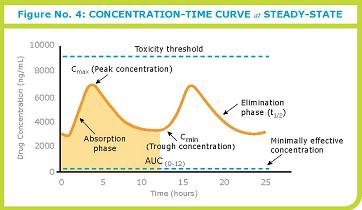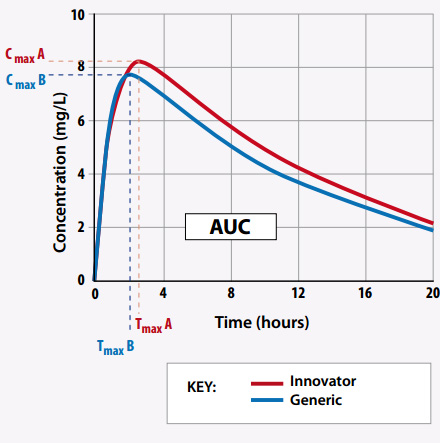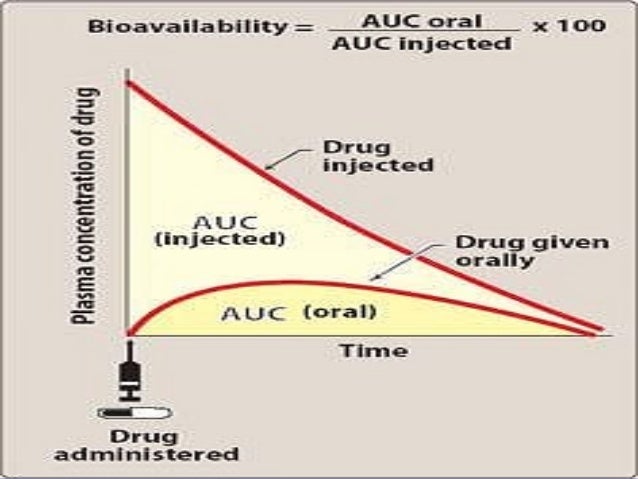Author: Kristin Wong, Contributor
Confidence can be
an enviable quality . Being completely assured of yourself and your abilities gives you the courage to take risks and accomplish great things. But confidence doesn’t always come easy, and it can come and go depending on your mood. The good news: you can fake it pretty easily.
Remember,
self-esteem and self-confidence are different . You can feel like you suck at everything you do and still be totally confident in getting the job done. And it works the other way, too. You can value your skills, but maybe you’re just not terribly confident using them around other people. The problem with that is that some social situations call for confidence: giving a speech, for example, or a job interview. Whatever the scenario, here are a few things to keep in mind to come across as confident when you’re just not feeling it.
Speak the Right Body Language
Body language is subtle, but it can send a powerful message without you even realizing it. For example, a few habits will automatically call you out you as lacking confidence:
- Bad posture: slouching, hunched shoulders
- Fidgeting
- Crossed arms
Swapping those out with
the right body language can immediately help you appear more confident. Social psychologist
Amy Cuddy talks about “high power poses. ” She suggests movements that are more open, spread out, and take up a bit more room help exude power. Consider the “Wonder Woman” pose, for example (or any of
these other power poses ): the elbows are jutting out, taking up more space, and the feet are spread out. It’s a classic power pose. What’s more, practicing these “high power poses” can eventually help you
feel more confident. This is where the tired old phrase, “fake it ‘til you make it” really does ring true.
Your shoulders can be surprising indicators of self-confidence, too. As former FBI counterintelligence agent
Joe Navarro pointed out :
Over the years, after doing thousands of interviews, one of the things that I observed, which unfortunately had not been written about in the literature, was how the shoulders betrayed those who lacked confidence or who were outright lying. I found that when people are unsure of what they are saying or they lack confidence, their shoulders tend to reflect that uncertainty.
He points out that raising your shoulders, in almost a shrug, can be a dead giveaway that you’re uncertain and not confident. Instead, stand up straight and pull those shoulders back. It’s obvious, and probably advice your mother gave you, but it really can make a big difference.
It helps to practice, too. In preparing for a job interview, for example, it can help to
practice walking into a room to get a feel for your own body language (or even
practice on a friend ). It might feel like a silly thing to do, but it can help you get comfortable in your own skin.
Master Eye Contact
Not enough eye contact can obviously indicate a lack of confidence, but too much eye contact can make you look like you’re trying too hard (or come across as aggressive). You want to maintain just the right amount, but finding that sweet spot really isn’t that difficult. As a general rule, try to make eye contact
60 percent of the time . Of course, that’s going to vary on the situation, but it’s less about the exact percentage and more about making sure you’re engaging with someone without coming across as overly intense.
It can help to ask close friends and family how they feel about your eye contact, too. That’s an easy way to find out if you make too much or too little. For the most part, though, we tend to make less eye contact when we lack confidence. Here’s a trick to help you remember:
make a habit of noticing their eye color . When you meet someone and want to come across as confident, pair their name with their eye color. In doing so, you’ll give them more eye contact.
Learn the Components of Charisma
Confident people are often
charismatic people ; the traits go hand in hand. While confidence is focused more on your own habits and behaviors, charisma is about how you treat and interact with others. In short, you want to be engaged.
- Being present in the moment with others
- Exuding warmth by implying goodwill
- Appearing powerful by coming across as someone who’s capable of impacting the world around you
The
two-second rule can help you with the first point. It’s simple: before replying when it’s your turn to talk, wait two seconds. For one, this shows you’re listening to and processing what the other person is saying. However, it also creates a subtle amount of tension, and when you reply, that shows you’re in charge of the tone and flow of the conversation, which creates a sense of power and confidence, hitting on the third point.
Asking questions is also a great, simple way to exude warmth and be present in an interaction with someone else. Interestingly, you’re also controlling the conversation when you ask questions, which, again, show power.
Say you and your partner are on a roller coaster in a scene, and you suddenly have no idea what to say. Never fear! You can always rely on the good old HPM:
HISTORY – This reminds me of the last time I rode this coaster…
PHILOSOPHY – I HATE coasters dude! All the ups and downs make me wanna puke. But I go on one every day to prepare me for the ups and downs of life.
METAPHOR – Roller coasters are like cigarettes…
Remember, being charismatic is more about how your behavior impacts the people around you. Simply being present and making them feel important can make a huge difference. It exhibits warmth and power, which is charisma in a nutshell.
Sound Like You Know What You’re Talking About
- Avoid blank words: “um,” “like,” “uh.”
- Don’t jump at the first chance to speak. Take a moment and think about your reply.
- Talk slowly and calmly.
Beyond that, you want to emphasize what you know. This is classic job interview advice. If you don’t have the best answer to a question, don’t try to lie or cover it up, but finish up your answer with what you do know instead. For example, “No, I don’t have a lot of public speaking experience, but I spent a lot of time leading meetings at my old job, and that helped me become comfortable talking in front of a crowd. That was a challenging part of my job, but I learned so much about how to put out fires in the process.”
This is just one silly example, but you get the idea. And it can work with other scenarios that call for confidence, too, like speeches, debates, or Q&As.
One thing most of us are guilty of is trying to prove other people wrong. It’s tempting to put people in their place, but it can also make you come across as lacking confidence. It’s one thing to clear the air about a question you’re asked, but dwelling on why you’re right makes it seem like you’re trying to prove yourself.
Sometimes trying to be confident when you’re not can come across as cocky, but that’s only because you overdo it. Confidence isn’t about being better than everyone else, it’s just about having the assurance to be able to be yourself. So it seems a little ironic to suggest pretending to be more comfortable in your skin. But there’s something to be said for the cliché, “fake it until you make it.” Sometimes going with the motions actually makes you feel them.

